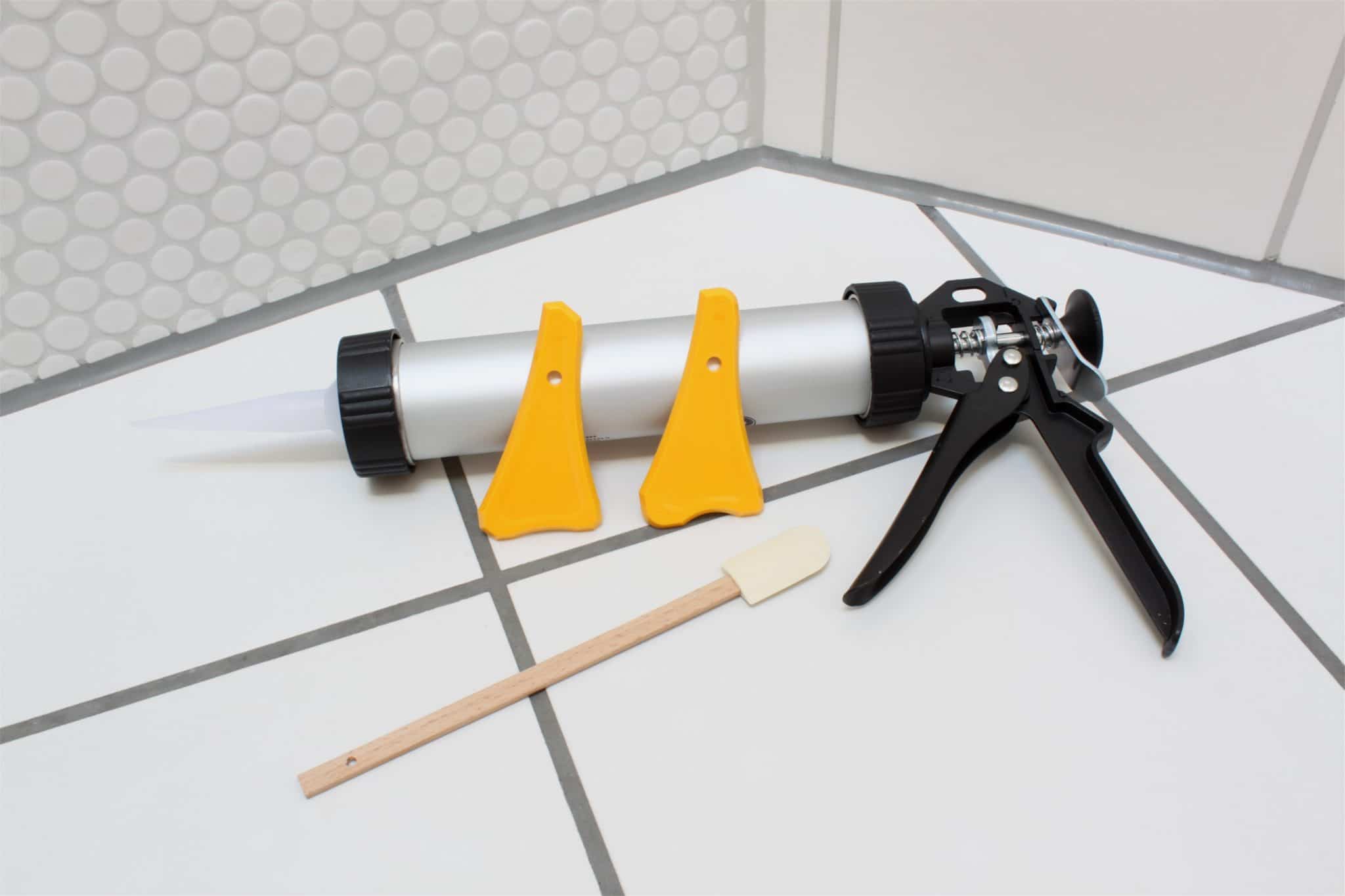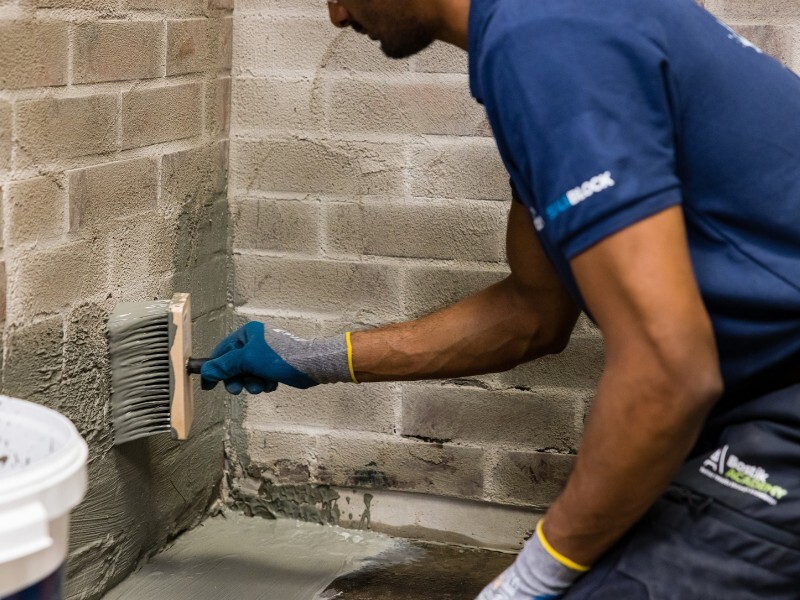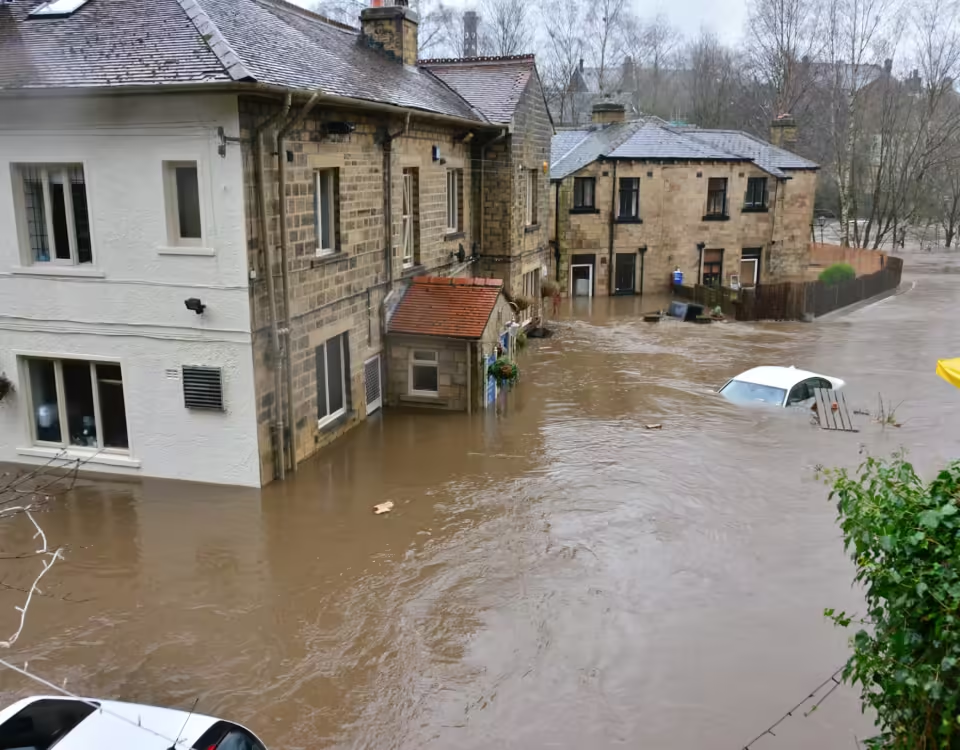
Concrete Repairs in Silos and Other Reinforced Concrete Structures Using PCI Technology
April 5, 2017
Silicones in Construction Chemistry – What Are They For and What Do They Do?
August 11, 20203. Building Salts and Their Destructive Impact on Construction Materials
The most commonly encountered salts in construction are chlorides, nitrates, nitrites, carbonates, and sulfates. These form as a result of the biological and chemical corrosion of rocks in the soil, as well as the natural decomposition of rock-forming minerals. The destructive effect of building salts operates in several ways and is always linked to the presence of moisture in structures. Salts infiltrate the structure through water, entering via various routes: capillary rise from the ground, rainwater, or leaks from faulty sewage systems. Another source of salinity can be chemicals used to protect wooden roof trusses; when washed out, these can act as harmful building salts on wall elements.
The destructive effect of salts arises during the crystallization process within the evaporation zone of moisture (as walls dry). The increase in salt volume during crystallization generates significant stress, causing even materials with high mechanical strength to ultimately deteriorate, especially since this process repeats over time. Additionally, during winter, repeated freeze-thaw cycles in wet walls occur, exacerbated by the hygroscopic nature of salts, which absorb moisture from the air. This further increases the moisture content in the walls, promoting biological corrosion.
4. Analysis of Causes and Selection of a Renovation Method (Expert Assessment)
Each building must be treated individually. This approach enables the selection of the most suitable drying method for the walls, one that ensures a lasting reduction of moisture to an acceptable level. This, in turn, allows for continued trouble-free use of the structure, following the completion of other necessary repairs and renovations.
The drying process should always be preceded by a thorough analysis of the building's current condition and an investigation into the causes of the dampness.
5. What is the WTA Certificate and How is it Issued?
The WTA Certificate is granted to products (in this case, plasters) that meet specific requirements set by WTA (Wissenschaftlich-Technischen Arbeitsgemeinschaft für Bauwerkhaltung und Denkmalpflege e.V.), the German Scientific and Technical Association for Building Maintenance and Monument Preservation. This certification is based on tests conducted in independent, certified laboratories. The quality of these plasters is assessed objectively, rather than relying on promotional claims by manufacturers.
The aforementioned WTA guidelines are instructions that define the requirements for renovation plasters and provide application recommendations. WTA instructions precisely classify the levels of wall salinity into low, medium, and high, based on the concentrations of chlorides, sulfates, and nitrates in the tested wall samples. When renovating historic buildings, materials with this Certificate that meet the strict WTA guidelines should be prioritized.
KABE Poland Paints has received a new WTA Certificate for their MINERALIT RESTAURO renovation plasters, designed to restore damp and salt-contaminated walls, commonly found in many older buildings.
6. MINERALIT RESTAURO Renovation Plasters by KABE Paints
7. Summary
Although MINERALIT RESTAURO renovation plasters are not a "universal solution" for all types of problems, they are an effective method for achieving a visually appealing, aesthetically pleasing façade that is protected against further degradation. Most importantly, this is a long-lasting protection that cannot be achieved with traditional cement and/or lime plasters. It is essential to emphasize that such results can only be achieved if the causes of wall degradation are accurately identified, the appropriate technology is correctly chosen, and construction work is carried out in accordance with guidelines and standards developed through years of experience.[/vc_column_text][/vc_column][/vc_row]











